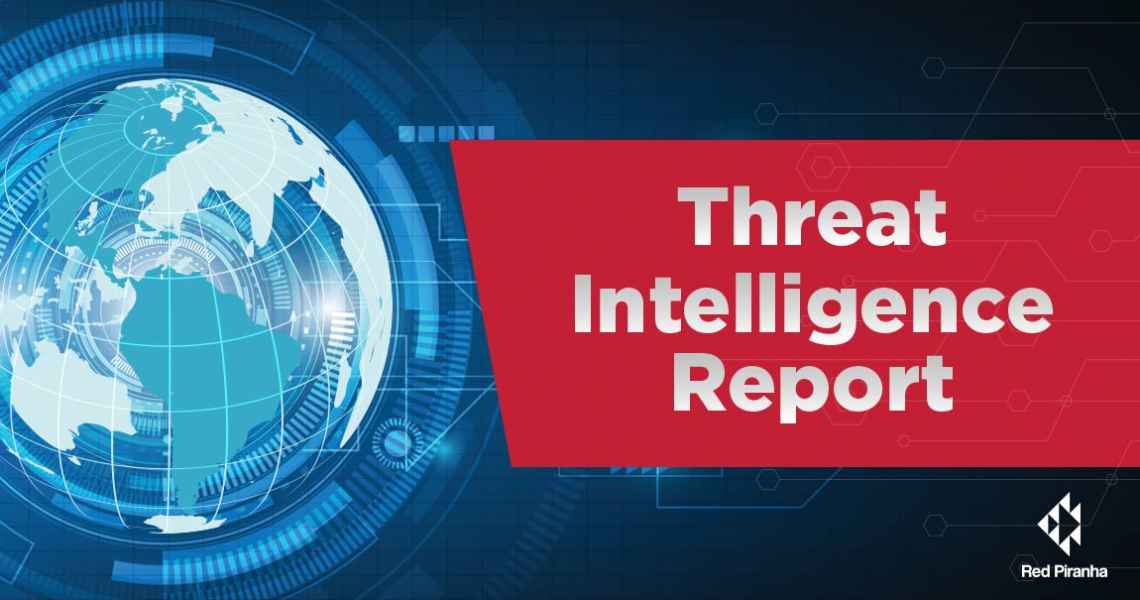| CVE, Title, Vendor |
Description |
CVSS v3.1 Base Score |
Date Created |
Date Updated |
CVE-2020-6287
SAP NetWeaver Application Server JAVA Multiple Vulnerabilities
SAP
|
SAP NetWeaver AS JAVA (LM Configuration Wizard) does not perform an authentication check which allows an attacker without prior authentication to execute configuration tasks to perform critical actions against the SAP Java system, including the ability to create an administrative user, and therefore compromising Confidentiality, Integrity and Availability of the system, leading to Missing Authentication Check. An unauthenticated attacker can exploit this vulnerability through the Hypertext Transfer Protocol (HTTP) to take control of trusted SAP applications. |
CVSSv3BaseScore:10.0(AV:N/AC:L/PR:N/UI:N/S:C/C:H/I:H/A:H) |
07/14/2020 |
07/16/2020 |
CVE-2020-1350
Microsoft Windows DNS Server Remote Code Execution Vulnerability
Microsoft
|
A remote code execution vulnerability exists in Windows Domain Name System servers when they fail to properly handle requests. An attacker who successfully exploited the vulnerability could run arbitrary code in the context of the Local System Account. Windows servers that are configured as DNS servers are at risk from this vulnerability. |
CVSSv3BaseScore:10.0(AV:N/AC:L/PR:N/UI:N/S:C/C:H/I:H/A:H) |
07/14/2020 |
07/20/2020 |
CVE-2020-14664
Oracle Java SE Critical Vulnerability
Oracle
|
A vulnerability exists in the Java SE product of Oracle Java SE. In order to exploit the vulnerability, it allows unauthenticated attacker with network access via multiple protocols to compromise Java SE. Successful attacks require human interaction from a person other than the attacker and while the vulnerability is in Java SE, attacks may significantly impact additional products. Successful attacks of this vulnerability can result in takeover of Java SE. |
CVSSv3BaseScore:8.3(AV:N/AC:H/PR:N/UI:R/S:C/C:H/I:H/A:H) |
07/15/2020 |
07/20/2020 |
CVE-2020-5902
F5 BIG-IP Remote Code Execution Vulnerability
F5
|
F5 BIG-IP is exposed to remote code execution vulnerability. The vulnerability that has been actively exploited in the wild allows attackers to read files, execute code or take complete control over vulnerable systems having network access. |
CVSSv3BaseScore:9.8(AV:N/AC:L/PR:N/UI:N/S:U/C:H/I:H/A:H) |
07/01/2020 |
07/21/2020 |
CVE-2019-19781
Citrix Application Delivery Controller and Gateway Directory Traversal Vulnerability
Citrix
|
A vulnerability exists in Citrix Application Delivery Controller (ADC) formerly known as NetScaler ADC and Citrix Gateway formerly known as NetScaler Gateway that, if exploited, could allow an unauthenticated attacker to perform arbitrary code execution. This vulnerability exploits a directory traversal to execute an arbitrary command payload. |
CVSSv3BaseScore:9.8(AV:N/AC:L/PR:N/UI:N/S:U/C:H/I:H/A:H) |
12/27/2019 |
01/08/2020 |
CVE-2020-2021
Palo Alto Networks PAN-OS Authentication Bypass in SAML Authentication Vulnerability
Palo Alto Networks
|
When Security Assertion Markup Language (SAML) authentication is enabled and the 'Validate Identity Provider Certificate' option is disabled (unchecked), improper verification of signatures in PAN-OS SAML authentication enables an unauthenticated network-based attacker to access protected resources. The attacker must have network access to the vulnerable server to exploit this vulnerability. |
CVSSv3BaseScore:10.0(AV:N/AC:L/PR:N/UI:N/S:C/C:H/I:H/A:H) |
06/29/2020 |
07/06/2020 |
CVE-2020-1421
Microsoft LNK Remote Code Execution Vulnerability
Microsoft
|
A remote code execution vulnerability exists in Microsoft Windows that could allow remote code execution if a .LNK file is processed. The attacker could present to the user a removable drive, or remote share, that contains a malicious .LNK file and an associated malicious binary. When the user opens this drive(or remote share) in Windows Explorer, or any other application that parses the .LNK file, the malicious binary will execute code of the attacker's choice, on the target system. |
CVSSv3BaseScore:7.5(AV:N/AC:H/PR:N/UI:R/S:U/C:H/I:H/A:H) |
07/14/2020 |
07/15/2020 |

